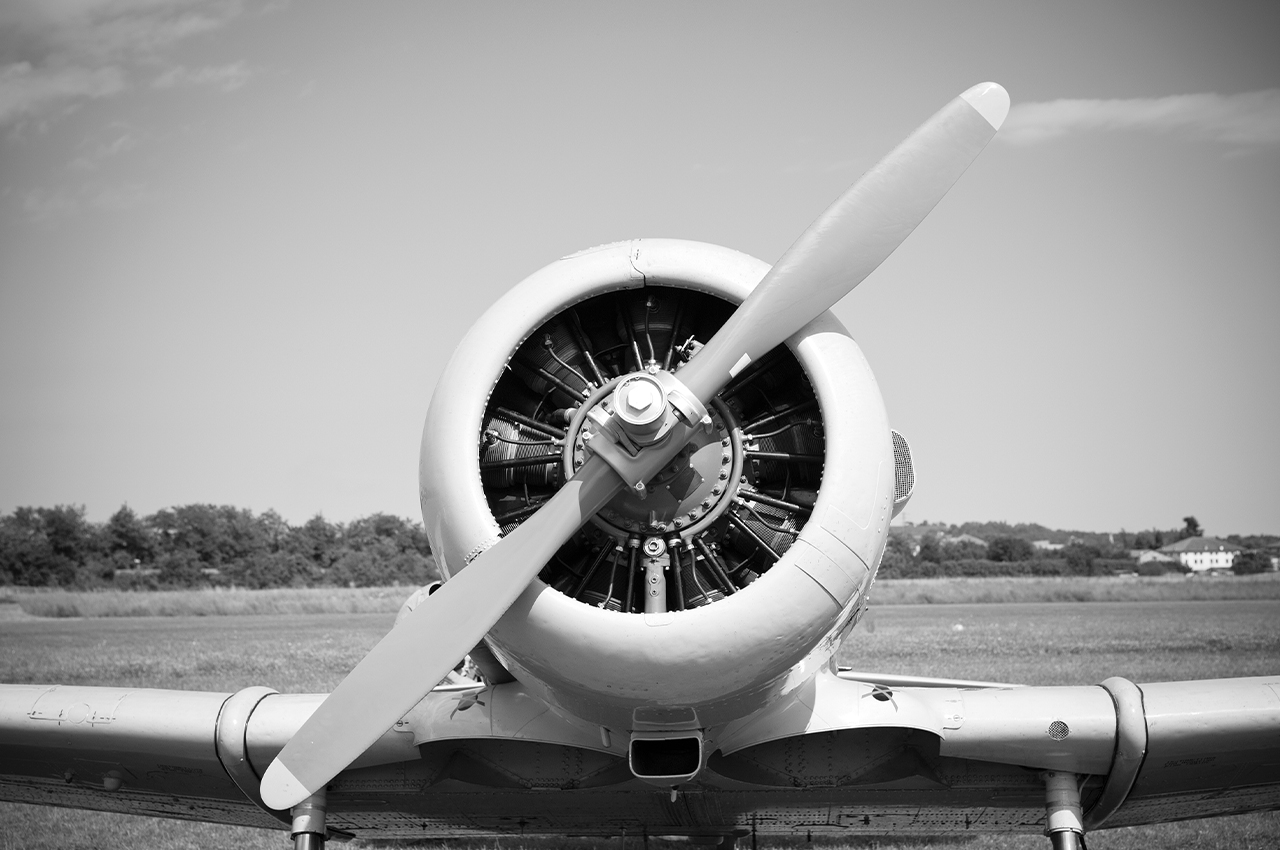Every year when the Iowa State Fair rolls around, half the visitors want to see something new. The other half want to see what they saw the last year or two or 50.
Jeremy Parsons, the fair’s new CEO, recently explained that difference (read here) and what it means for his new role. As he put it, “My job is just to observe and learn.”
That’s what Amelia Earhart did at the fair, too. Her family lived in Des Moines from 1908 to 1914, and it’s likely she saw a plane for the first time during a visit to the fair when she was 10 years old. She was unimpressed.“It was a thing of rusty wire and wood and looked not at all interesting,” she recalled years later.
She changed her mind in Los Angeles in 1921, when she took her first flying lesson from a young woman named Neta Snook Southern, who had studied at Iowa State. When they landed 20 minutes later, Earhart could barely wait to go up again.
Now, more than a century later, a handful of girls in southern Iowa are experiencing that same ear-popping thrill. Mary Ellen Kimball, an artist and pilot from Osceola, belongs to a group called Women in Aviation International and recently organized an essay contest that challenged Clarke County girls between the ages of 8 and 17 to fill in the blanks: “I want to fly in a private plane over my house, school and town because _____________. I also want to see and learn _____________.”
Kimball offered individual flights to five contest winners, plus a pair of sisters who collected clothing and sleeping bags for homeless vets here in Des Moines. The winners included an 8-year-old who wants to be an aerospace engineer, a 15-year-old exchange student from Spain, and an 11-year-old who dressed up as Earhart for Halloween and visited her birthplace in Kansas. She’d never been on a plane before, but wrote that the “chance to experience taking off, landing and being so high in the air would be wild and spectacular.” Besides, she wanted to see Osceola’s ice cream shop, the Junction Creamery, from the air.
Each of the girls got a chance to fly the plane with the co-pilot’s controls while Kimball looked on from the pilot’s seat.
Back down to earth, at the fairgrounds, it’s easy to forget that some of the familiar traditions represent remarkable innovations. That blue-ribbon watermelon resulted from decades of plant breeding and research. The tractor on display shows off the latest technology of a multibillion-dollar industry.
So Parsons is right: The fair is a place to “observe and learn.” You never know what bits of rusty wire and wood might spark an idea or inspire an adventure.
As Earhart once said, and as some Clarke County girls learned firsthand, “There’s more to life than being a passenger.”
— Michael Morain








